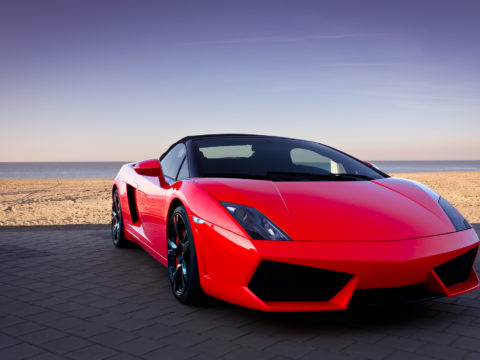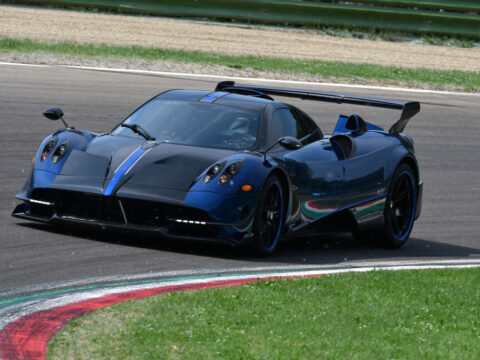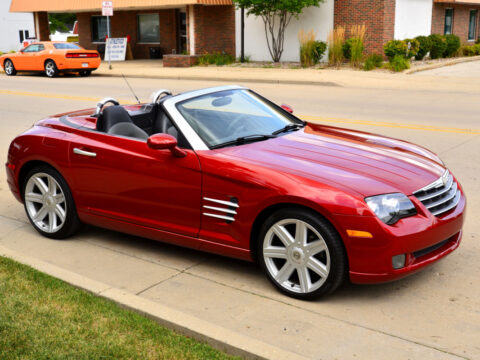Great cars can be held back by engines that fail to deliver. Whether due to reliability issues, high maintenance costs, or poor performance, some engines have tarnished the reputation of otherwise impressive vehicles. Here are 13 engines that hurt the sales of cars that could have been much more successful.
Contents
Chrysler 2.7L V6
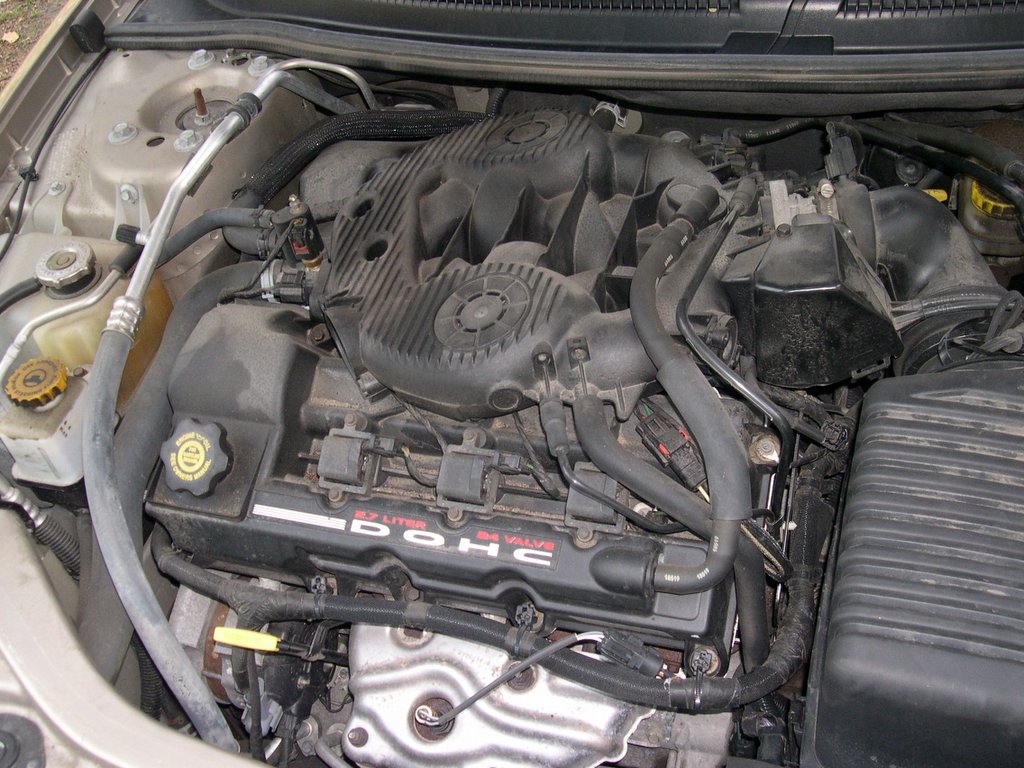
The Chrysler 2.7L V6, found in models like the Sebring and Dodge Intrepid, quickly earned a reputation for its problematic design. Oil sludge buildup was a common issue, causing premature engine failure if not addressed promptly. This reliability problem overshadowed the otherwise stylish and comfortable nature of these vehicles.
Cadillac V8-6-4
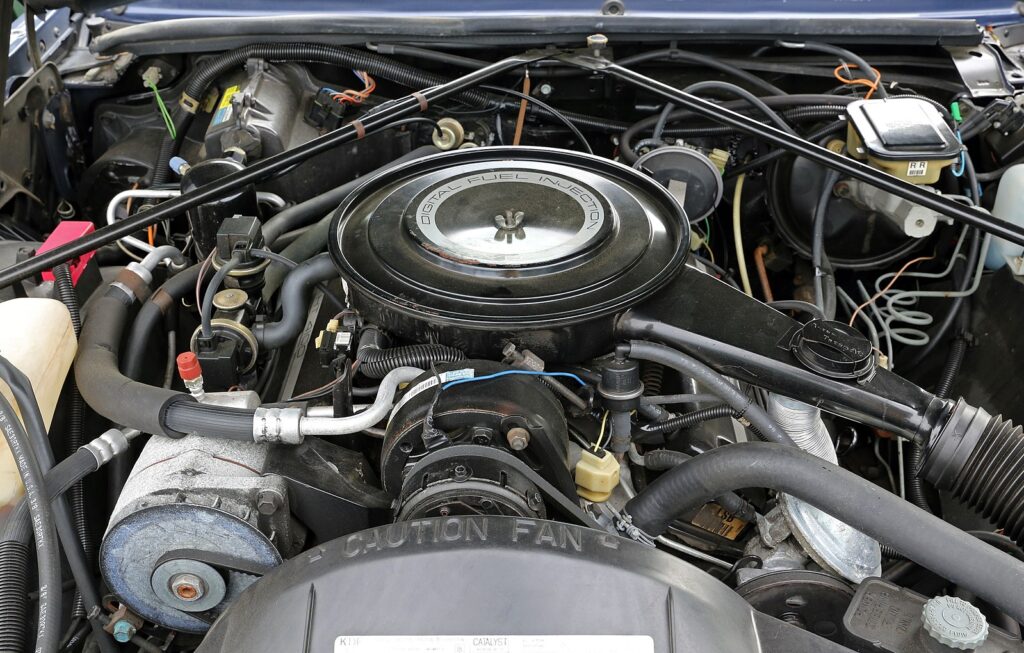
Cadillac’s V8-6-4 engine, introduced in the early 1980s, was a bold attempt to improve fuel economy by deactivating cylinders when full power wasn’t needed. However, the technology was far too complex for the time, resulting in malfunctioning electronic controls. This led to rough driving experiences, which disappointed buyers expecting Cadillac-level refinement.
Saab 2.8L Turbo V6
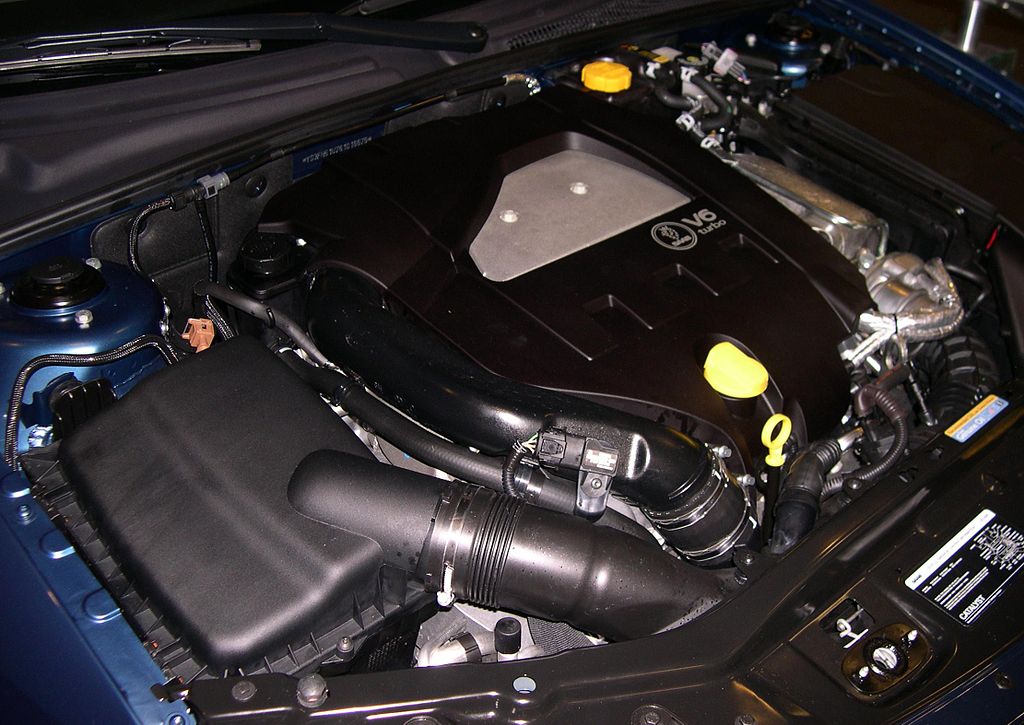
The 2.8L Turbo V6 engine in the Saab 9-3 Aero was plagued by reliability issues. Turbocharger failures and frequent overheating turned the ownership experience into a costly nightmare. While Saab had a strong following, the persistent problems with this engine deterred potential buyers, who were unwilling to gamble on expensive repairs. Unfortunately, these engine troubles contributed to Saab’s declining market presence.
Jaguar AJ-V8
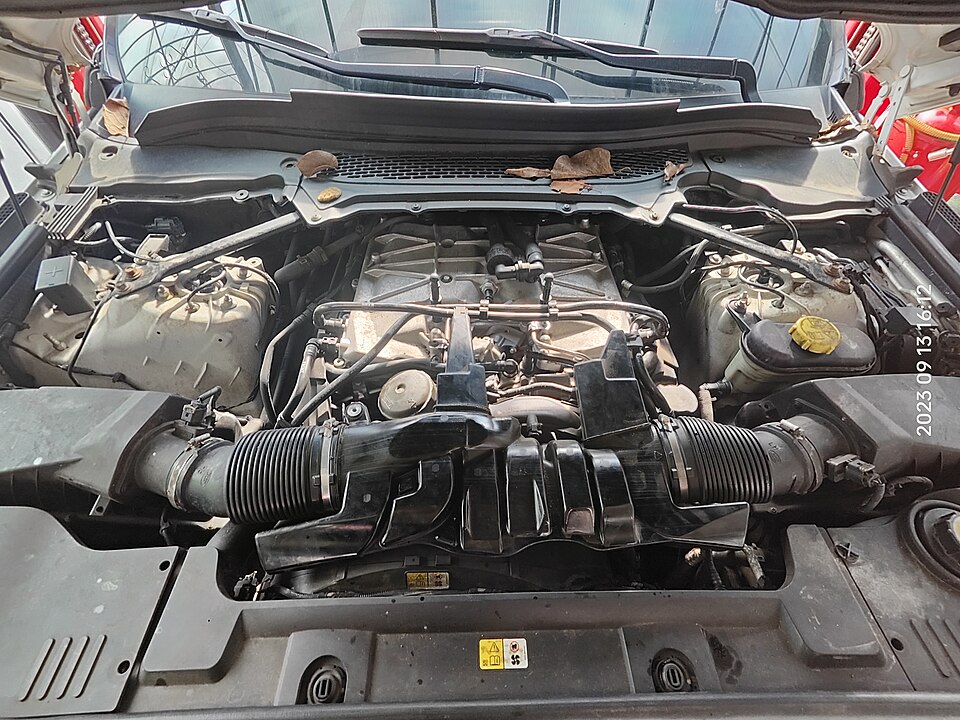
Jaguar’s AJ-V8 engine, used in several models like the S-Type and XJ, became infamous for its unreliable timing chain tensioners. When these components failed, they could cause catastrophic engine damage, leading to enormous repair costs. Despite the cars being luxurious and visually appealing, the risk of engine failure pushed many prospective buyers away. The AJ-V8 engine hurt Jaguar’s reliability image, impacting sales across the lineup.
Subaru EJ25

The Subaru EJ25 engine, widely used in models like the Forester and Impreza, is notorious for head gasket failures. These leaks often led to overheating and engine damage if not caught early, burdening owners with significant repair costs. Subaru vehicles, otherwise celebrated for their durability and all-wheel drive systems, became known for this costly flaw.
Ford 3.8L Essex V6
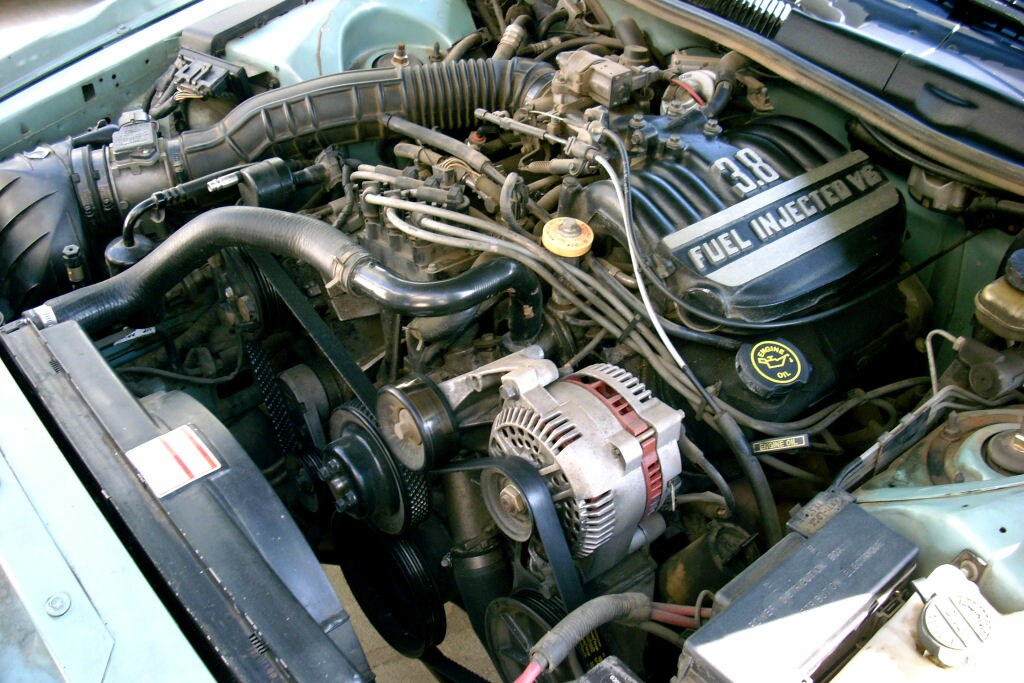
Ford’s 3.8L Essex V6 engine, used in the Taurus and Sable, was notorious for head gasket failures. These failures occurred well before the expected lifespan of the engine, causing frustration among owners. Though the cars themselves were practical and well-regarded, the reliability problems of this engine overshadowed their other qualities. Consequently, the widespread gasket failures led to a significant dip in customer trust and sales.
Toyota 3.0L V6 (1MZ-FE)
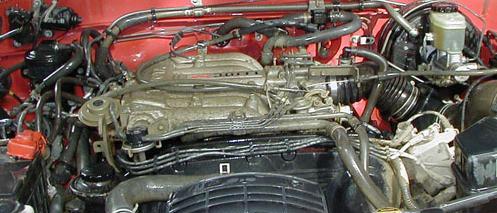
Toyota’s 3.0L V6 engine, used in the Camry and Lexus ES300, struggled with issues of excessive oil consumption and engine sludge. These problems tarnished the otherwise excellent reputation of Toyota’s midsize and luxury sedans. Owners often faced unexpected engine failures or expensive repairs, diminishing their confidence in the brand. Despite Toyota’s strong reliability record, the 1MZ-FE engine negatively impacted vehicle sales during its production run.
Volkswagen 1.8T
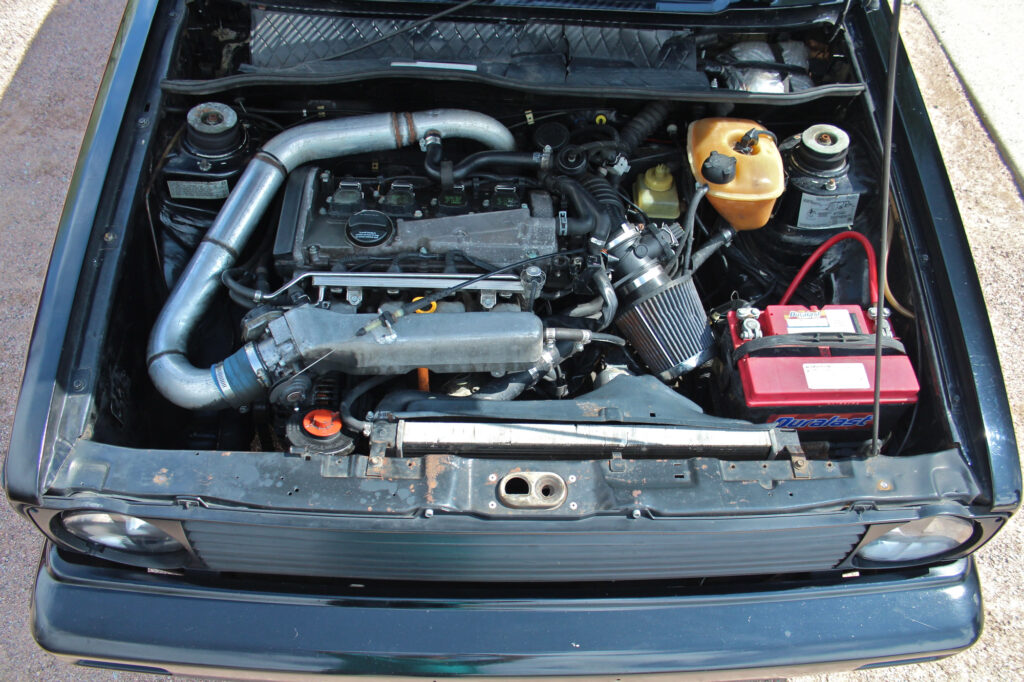
Volkswagen’s 1.8T engine, widely used in models like the Passat and Jetta, was well-regarded for its power, but its reliability left much to be desired. Common issues included oil sludge buildup and failing ignition coils, leading to expensive repairs and engine damage. These problems overshadowed the cars’ stylish designs and otherwise solid driving experience. Many buyers, especially those seeking longevity, turned away from Volkswagen after experiencing repeated engine troubles.
Ford EcoBoost 1.6L
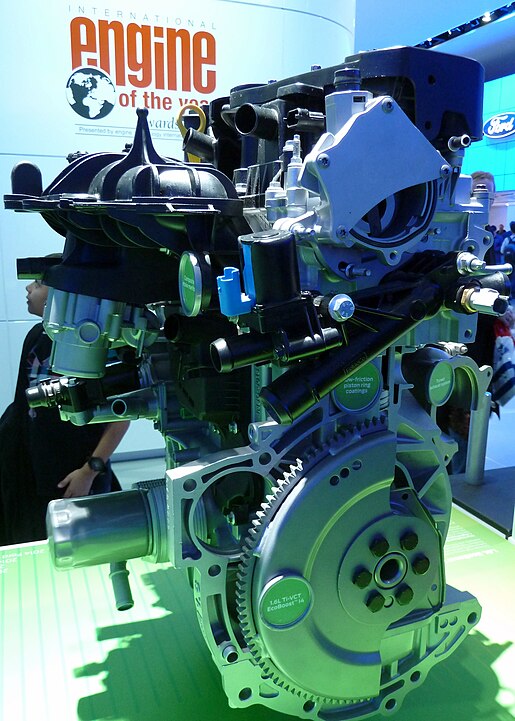
Ford’s 1.6L EcoBoost engine, featured in models like the Escape, faced significant challenges with overheating and even engine fires. These issues led to recalls and damaged Ford’s image of producing efficient yet reliable engines. While the EcoBoost technology promised both performance and fuel efficiency, this particular engine’s safety concerns left customers wary. Sales of models with the 1.6L EcoBoost engine were notably affected due to these failures.
Chevrolet 2.2L Ecotec
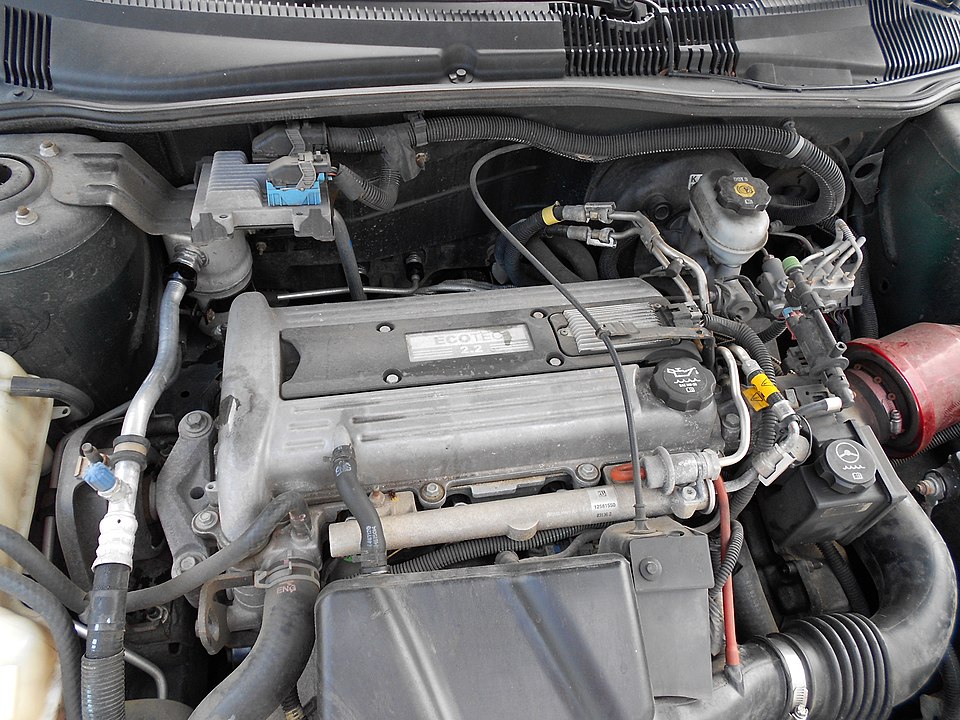
Chevrolet’s 2.2L Ecotec engine, used in cars like the Cavalier and Saturn Ion, was marred by timing chain issues and excessive oil consumption. The engine’s design flaws often led to premature wear and expensive repairs, frustrating owners of these affordable cars. While the vehicles themselves were practical and budget-friendly, the engine’s lack of reliability became a major drawback. Sales dwindled as more buyers turned away from the Ecotec-powered models.
Nissan QR25DE 2.5L

Nissan’s QR25DE 2.5L engine, used in the Altima and Sentra, was plagued by problems such as excessive oil consumption and catalytic converter failure. These issues often led to engine damage, forcing owners to pay for costly repairs. While the Altima and Sentra were generally well-regarded for their value and practicality, the engine’s lack of reliability caused many buyers to look elsewhere. Nissan’s reputation for durable sedans was hurt by these persistent issues.
Volvo B8444S V8
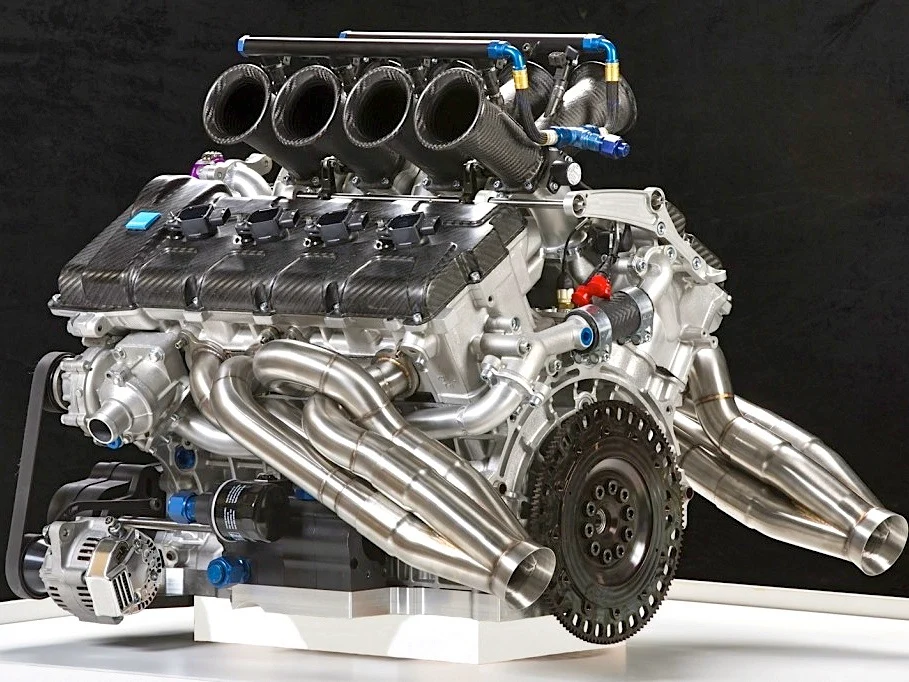
Volvo’s B8444S V8 engine, featured in the XC90, was developed in collaboration with Yamaha, but it suffered from significant reliability issues, including balance shaft failures. These problems led to high repair costs, which undermined the XC90’s reputation as a safe and reliable luxury SUV. While the vehicle itself was praised for its design and features, the engine’s frequent breakdowns made potential buyers hesitate. This ultimately contributed to a decrease in sales for the XC90 during that period.
Alfa Romeo Twin Spark 2.0L
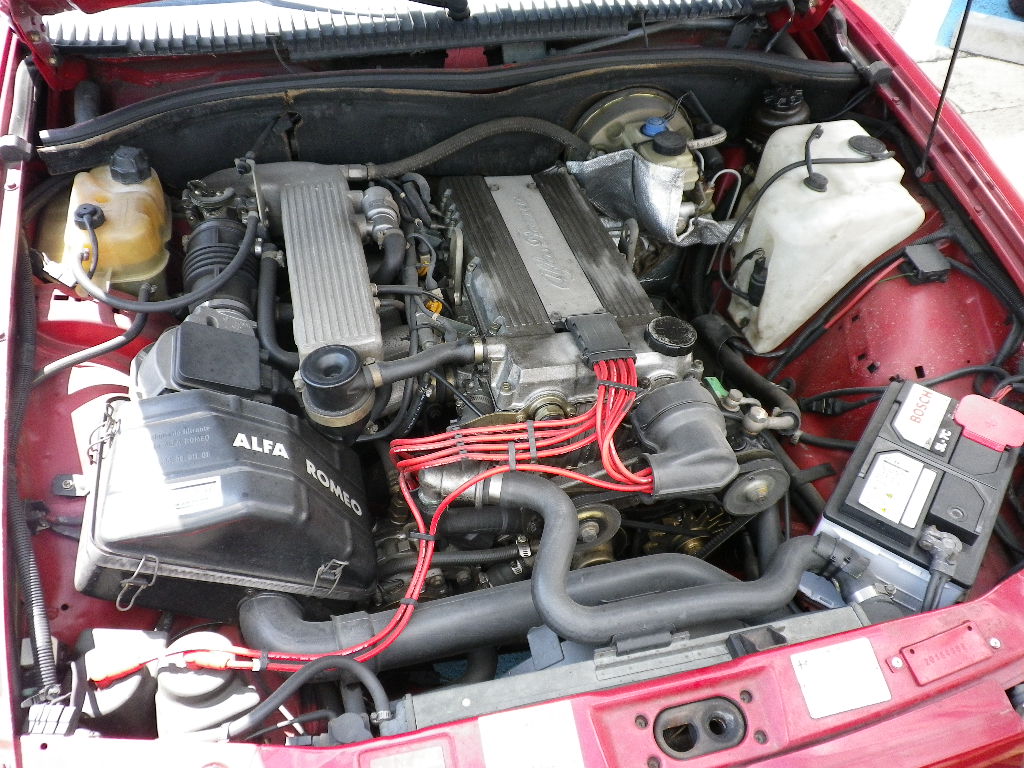
Alfa Romeo’s Twin Spark 2.0L engine, found in models like the 156 and GTV, was famous for its poor timing belt design. If not replaced on time, the belt could fail, causing serious engine damage. Despite Alfa Romeo’s sporty styling and dynamic handling, this engine issue led to high maintenance costs, scaring off potential buyers. The Twin Spark engine’s shortcomings directly impacted the sales of otherwise desirable Alfa Romeo models.
This article originally appeared in MyCarMakesNoise.
More from MyCarMakesNoise
15 Breakthroughs Making Aviation More Eco-Friendly

As the world shifts towards sustainability, the aviation industry is making significant strides to reduce its environmental footprint. From groundbreaking technologies to innovative practices, the top 15 advances in green aviation are transforming how we fly. Read More.
16 Historic Ships That Vanished in the Open Ocean

The vastness of the open ocean has always held mysteries, and among them are the tales of historic ships that set sail, never to return. These vessels, once filled with life and purpose, vanished without a trace, leaving behind only questions and legends. Read More.
Top 25 Motorbikes Engineered for Ultimate Speed and Precision
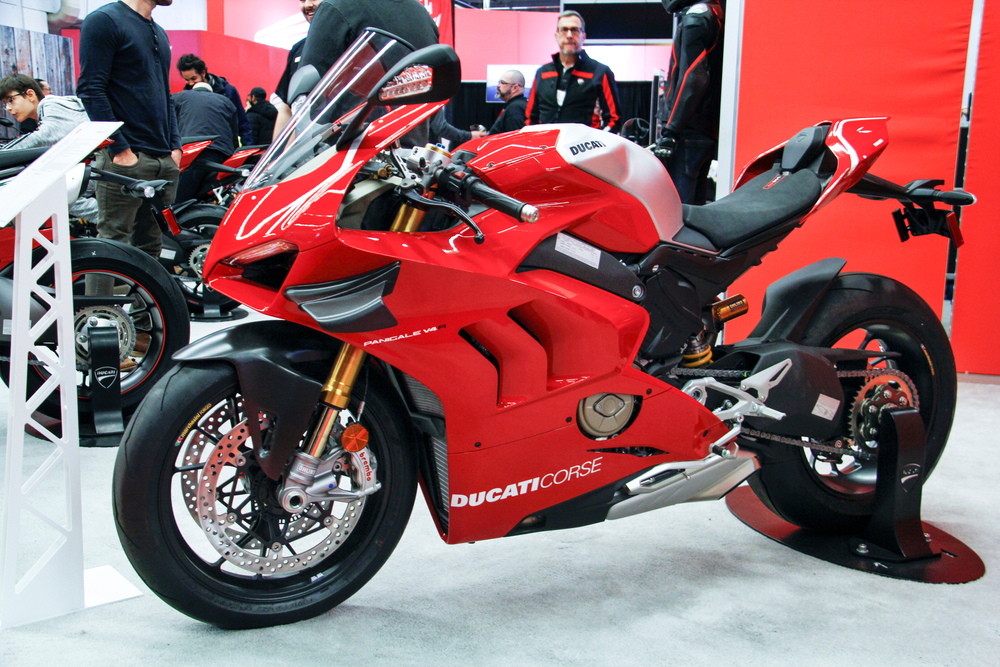
When it comes to motorbikes, speed and precision are often the ultimate goals for riders who crave performance. The following list highlights the top 25 motorbikes that have been meticulously engineered to deliver unparalleled speed and razor-sharp handling. Read More.

